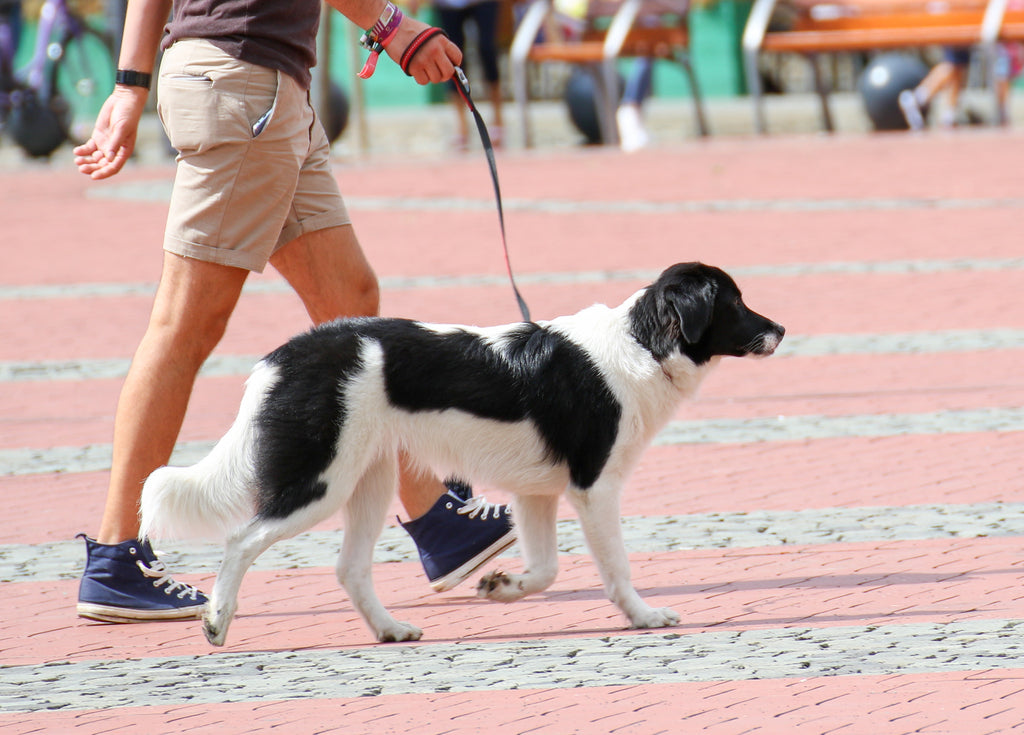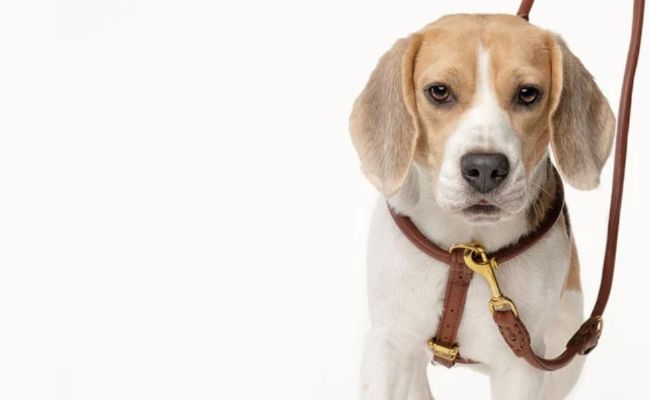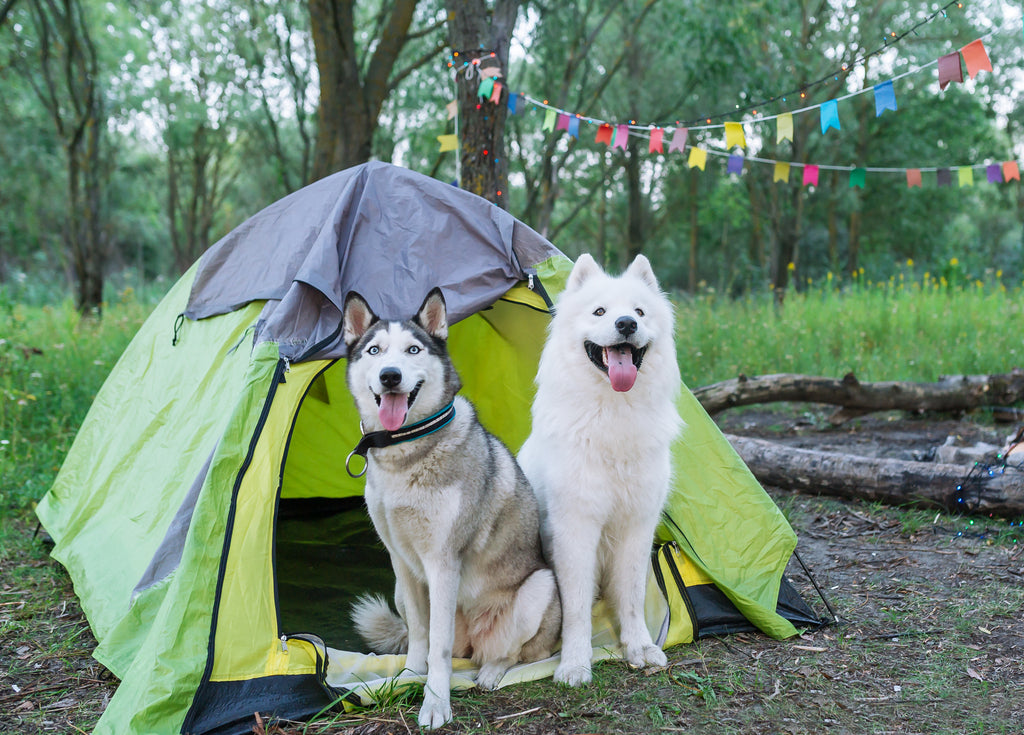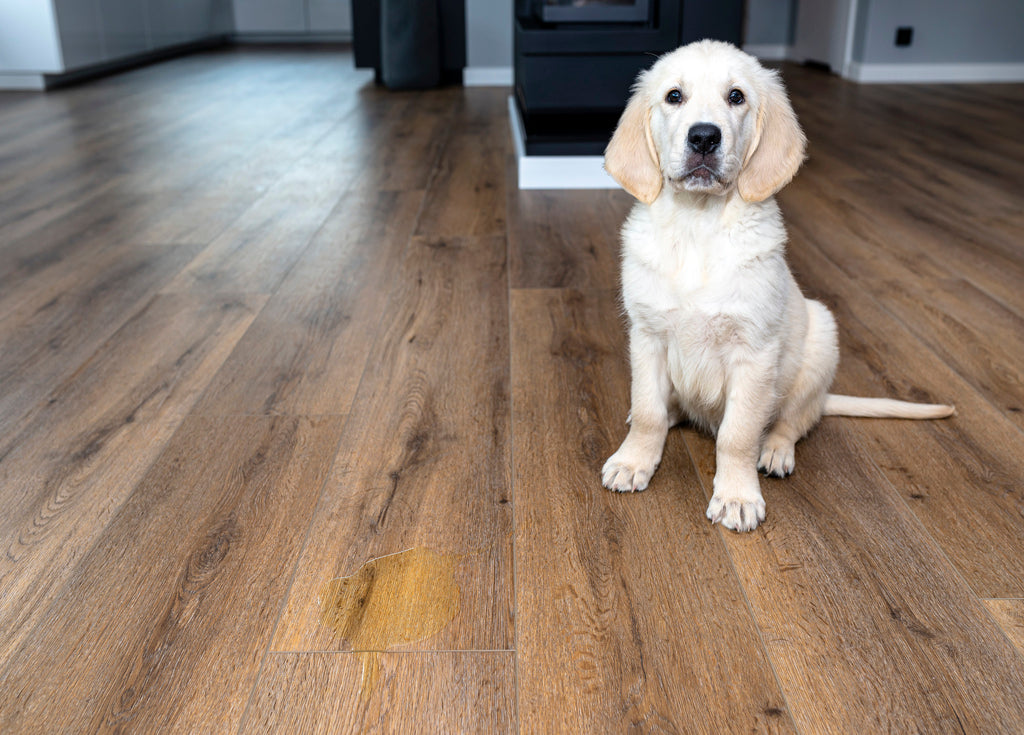
Dog Keeps Slipping Out Of A Harness? Try These Solutions
If a dog keeps slipping out of a harness, it can be a trickle situation to handle for all affected owners. To prevent a dog from escaping a harness, you must first determine whether the dog can slip its shoulders free from the harness or chew through the straps. You should buy a harness that is escape-proof if your dog manages to slip their shoulders free. On the other hand, you should get a harness constructed from durable materials, such as leather, if your dog chews through the straps to escape.
Here is a detailed breakdown of how dogs in either case escape the harness that you put on them.
Slipping Out Using their Body
A dog that uses the slipping out shoulder technique is probably one that is highly flexible. Dogs that are adept at using this technique typically wriggle and back out of the harness. This entails tugging backwards on the leash and slipping their elbows, shoulders, and heads through the straps at the same time.
Chewing on the Harness Straps
This technique is used by dogs that can't or don't want to contort their bodies to get out of harnesses. Such dogs prefer to gnaw their way to freedom using their teeth and jaws.
One way to prevent your dog from chewing through the harness is to buy a harness made of very sturdy materials and use it while going for walks. You can also spray your harness with a no-chew bitter spray.
Here are the various types of dogs that tend to slip out of harnesses.
Chewed-on harnesses are incredibly simple for dogs to escape from. The harnesses may become exceedingly flimsy or even snap in some areas where the material has been damaged. If your dog is a destructive chewer, you should look for a new harness that is made of highly durable material to stop him/her slipping out of the harness.
Anxious dogs are more likely to escape their harness since they don't feel secure while they are restrained by it. This is typical for dogs that have been adopted or rescued from shelters and may be nervous or simply unaccustomed to wearing harnesses. You should work harder on harness training your dog if he/she is prone to slipping out of one. Introduce the harness with rewards at home first. Get your dog to sniff the harness, then praise him for a job well done. After that, you can gradually train your dog to accept the harness. Before going outside, practice walking inside.
Conventional dog harnesses are designed to fit a standard dog body. However, because dogs come in so many different sizes and shapes, not every harness is appropriate for every breed. This is particularly true for dogs with small heads, lanky bodies, or dogs with extremely flexible front limbs who frequently slip out of a harness! You should look into harnesses that are specifically intended to prevent a dog with an atypical body build from slipping out of a harness. For a better fit, make sure you purchase a leash for small/medium dogs while you're at it.
With a better understanding of why it happens, you’ll be well on your way to preventing harness-slipping accidents on your future walks!



